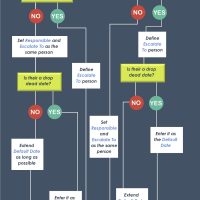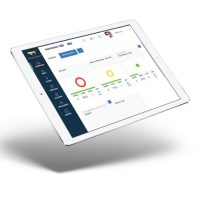Everybody talks about how HR should be a strategic function in any business. The thinking goes that once HR masters its day-to-day processing activities (e.g., hiring, training), it should be able to move on to more strategic endeavors like succession planning and/or talent acquisition.
Insights
The Volkswagen emissions scandal figures prominently in the Catalog of Catastrophe that the International Project Leadership Academy has compiled of the most spectacular project management failures in the last 10 years.
The revelation that such a revered and trusted brand had taken previously inconceivable steps to deceive both regulators and the public in the name of profit margins was a shock to the world.
Curious about how to set up your CommandHound account alerts to best support productivity and accountability in your office?
We all agree that decision-making is a critical component in any business. Informed and timely decision-making is a goal we all aspire to improve on. So what happens when responsibilities and ultimate accountability are not clearly defined?
Have you ever wondered if it is worth the investment to develop mobile-friendly ways to give your employees access to critical business applications? And, how important is it to focus on the user’s experience in realizing the expected results?
We have found that every team is made up of two broad types of people– the Idea Makers and the Doers. If you’ve ever taken a Myers Briggs test, you might know these two groups as Judgers (J) and Perceivers (P).
The concept of tying compensation to accountability seems simple enough on the surface. However, making it real is way harder than it looks. And the biggest challenge is deciding what to measure performance against.
What is done is done. Now, it is time for Facebook to take ownership of what happened, and prepare a plan to both handle the current crises and mitigate the risk of this ever happening again.
First, let’s agree that meetings are a reliable and efficient way to get teams aligned behind a common objective or goal. Let’s also agree that, if not carefully managed, meetings can quickly unravel into a massive waste of time.
The gig economy is here to stay. Intuit estimates that by 2020, as many as 40 percent of Americans will be contingent, or “gig” workers. Gig workers can be freelancers, independent contractors, or any other outsourced employees who are hired on a per-project basis.
Some of these contingent workers choose to work outside of a payroll system either as full-time freelancers or as part-time workers who supplement their income by picking up gigs. Others take contingent jobs out of necessity even though they would prefer full-time employee status.









